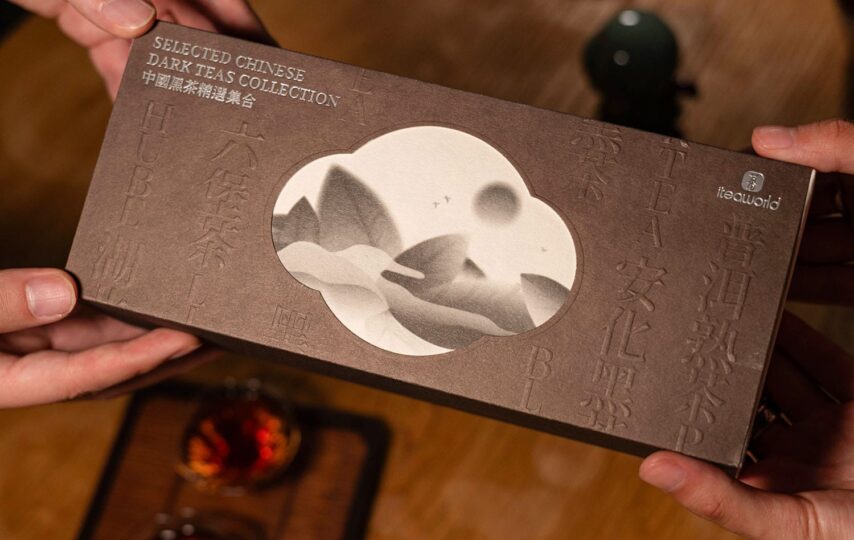Tea, a beverage beloved by cultures worldwide, provides diverse tastes and aromas and has many health benefits. While many of us are familiar with standards like green and black tea, there is a fantastic spectrum of rare and unique tea varieties around the corner.
In this article, we will set off on a route to discover one of the most unusual and famous teas worldwide. Each one has its own character and history. So, immerse yourself. This article will reveal some of the least known exotic teas you have yet to hear of.
Chinese Yellow Tea
Yellow tea is one of the lesser-known tea variants honored in Chinese tea culture. It is made in a fashion similar to green tea, with an extra step entitled “yellowing” or “sealed yellowing” that creates its characteristic flavor and scent.
This kind of tea leaves are left to oxidize, which means they are allowed to turn yellow and become dehydrated. Afterward, they give yellow tea a less grassy and more mature taste than green tea. Yellow tea is highly appreciated for its extreme complexity of flavor layers, from pure grass to flowers and fruits, making it an appealing drink.
The specialty of yellow tea gained the most fame with Junshan Yinzhen, produced on Jushan Island, Hunan Province, thanks to the color of its golden buds and its light flavor with a floral touch.
Similarly, other types of yellow teas, like Huangya from Huoshan of Anhui and Meng Ding Huangya tea from Sichuan province, stand out for different reasons.
Each of them has different appealing qualities and taste profiles. In contrast to green and black types of tea, yellow is not so popular. Yet, it grabs more and more of the attention of tea consumers for its unique flavor and gentle strength, making it a sound alternative.
Darjeeling White Tea
A delicate and renowned version from Darjeeling is called Darjeeling White Tea, which grows on the steep slopes of the Darjeeling region of Northeast India. It has a reputation for its delicate and not overbearing taste, often compared to floral and fruitiness with a sweet touch of taste buds.
This tea features the finest, freshest, youngest leaf buds, and newest, most delicate tea leaves picked by hand before dawn to ensure their characteristics are not close to the compromise.
Leaves are slightly processed withering, and drying is slowed accordingly to give them their finest natural flavors and aromas. With its pale golden color, Darjeeling White Tea is valued for its soft velvet-like finish, making it a perfect early morning choice for the best loose leaf tea lovers and those who want to unwind with a gentle and elegant tea drink.
Japanese Gyokuro
Gyokuro is a highly appreciated Japanese tea. It is a shade-grown green tea celebrated for its light taste and bright green color. This tea is “sakura” shisha, which means the leaves are grown in the shade for at least four weeks before harvesting.
The tea’s taste becomes sweet, and an umami profile develops. As the tea plant shades, its chlorophyll content significantly increases and catechins are reduced, resulting in a milder taste and less astringent (bitter) note.
This tea has a distinctive taste, demanding that it be prepared with cautious heat and strongly removed to savor flavors wrapped in the taste. The tea’s exclusive flavor and masterly cultivation make it a valued and admired tea variety among people who appreciate different kinds of tea worldwide.
Kenyan Purple Tea
Kenyan Purple Tea is a unique and little-known tea variety that grows only in high-altitude Kenya. It draws attention to its unique purple leaves and anthocyanins—oxidants, known to have outstanding health benefits, that are most abundant in it.
This tea is similar to green, which has the least oxidation level during processing. That is why it has a light and delicate flavor with mild floral notes.
Kenyan Purple Tea is gradually becoming known among tea lovers for its health benefits and unique taste, and it could therefore be the next big thing in your tea collection.
Conclusion
The process of experimenting with and trying new and weird teas is a fascinating journey that makes us people aware of different and exotic flavors and cultures.
Specifically, each kind of tea showcases and combines a distinct taste of the place from which it comes and the artisans that produce it, which offers our taste buds unique flavors that might become our favorite ones.








